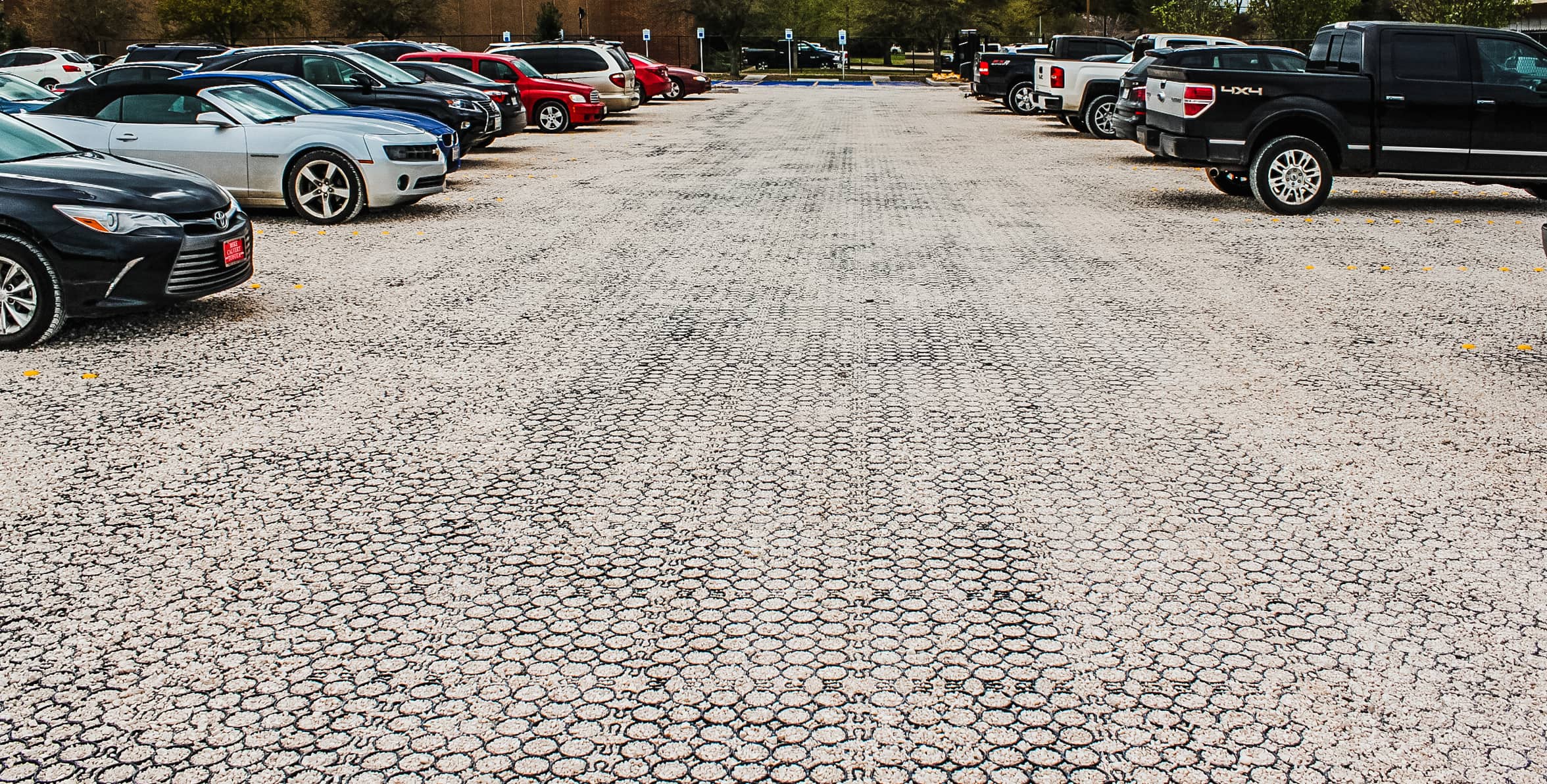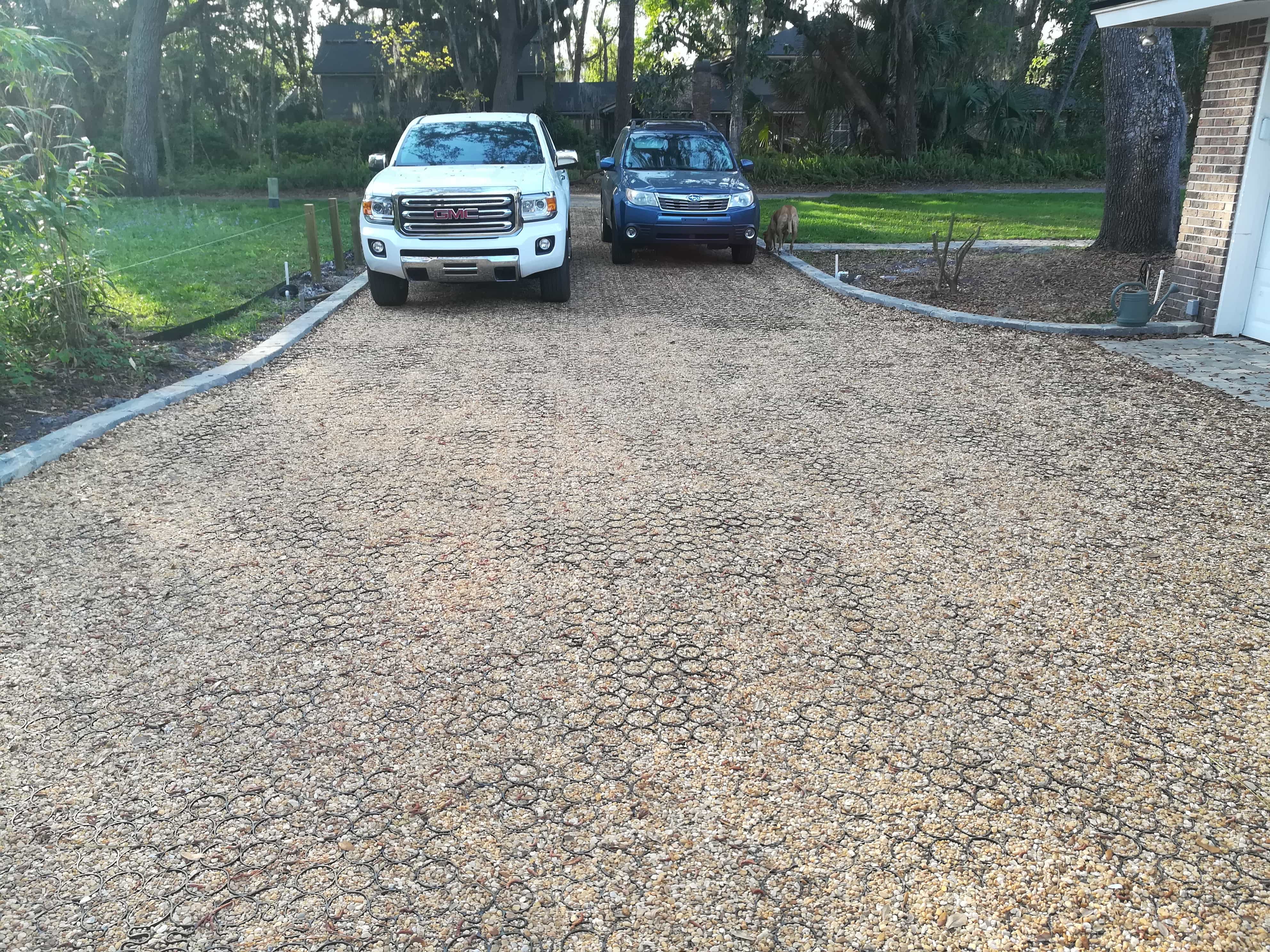
Stormwater runoff can cause big problems—flooding, erosion, and polluted waterways. When heavy rain hits, it can overwhelm drains and lead to costly damage. That’s why a smart stormwater management plan is key to keeping communities safe and sustainable.
Understanding Stormwater Management Plans (SWMP)
A Stormwater Management Plan is a strategic document designed to control and treat stormwater runoff. Its main goal is to prevent pollutants from entering waterways, reduce flooding risks, and manage the volume and flow of stormwater, particularly in urban areas where impervious surfaces dominate. By doing so, SWMPs help protect ecosystems, public infrastructure, and private properties.
Key Components of an Effective SWMP
1. Site Assessment
- Land Use Analysis: Evaluating existing land conditions, including soil types, vegetation, and topography, to determine appropriate management practices.
- Hydrological Study: Understanding local rainfall patterns, drainage flows, and watershed characteristics to predict runoff volumes and plan for peak storm events.
2. Best Management Practices (BMPs)
- Structural BMPs: Physical systems like detention basins, green roofs, permeable pavements, and constructed wetlands that help manage stormwater on-site.
- Non-Structural BMPs: Strategies such as public education, pollution prevention programs, and sustainable land use policies that reduce runoff at the source.
3. Regulatory Framework
- Permitting Requirements: Compliance with local, state, and federal regulations, including the National Pollutant Discharge Elimination System (NPDES) in the U.S., which mandates stormwater management for construction and industrial sites.
- Local Ordinances: Municipal codes often include specific requirements for stormwater management, especially in flood-prone or environmentally sensitive areas.
Eco-Friendly Stormwater Strategies
Sustainable stormwater management isn’t just about controlling water flow—it’s about working with nature to reduce runoff, improve water quality, and create healthier urban spaces.
Permeable Pavements
Permeable pavers, like those offered by TRUEGRID, allow rainwater to pass through the surface, reducing runoff and promoting groundwater recharge. By minimizing surface water accumulation and allowing pollutants to filter naturally through soil, permeable pavements help prevent flooding and protect water quality.
Green Infrastructure
Features like bioswales, rain gardens, green roofs, and vegetated detention basins that use natural processes to manage stormwater. These systems not only reduce runoff but also improve urban aesthetics, support local ecosystems, and lower urban heat island effects.
While green infrastructure works with nature, some projects require engineered solutions for larger-scale runoff control.
Detention and Retention Systems
Detention basins temporarily hold stormwater before slowly releasing it, while retention basins maintain a longer pool of water for continuous treatment. Both systems help control peak runoff flows, reduce erosion, and protect downstream waterways.
How TRUEGRID Pavers Fit Into Your SWMP

Permeable pavers are a game-changer in stormwater management. Designed for durability and sustainability, they serve as an effective BMP within stormwater management plans. TRUEGRID pavers are engineered to support heavy loads while allowing water to infiltrate directly into the ground, reducing surface runoff and mitigating flooding risks.
Integration into SWMPs:
- Enhanced Infiltration: TRUEGRID pavers facilitate rapid water absorption, promoting groundwater recharge and reducing the burden on municipal stormwater systems.
- Erosion Control: By stabilizing soil and preventing surface runoff, these pavers help maintain landscape integrity and reduce sediment transport.
- Pollution Reduction: As stormwater filters through the gravel fill and underlying soil, pollutants are naturally removed, improving water quality.
Cost Considerations
Implementing a stormwater management plan requires careful financial planning, balancing upfront costs with long-term savings.
Initial Investment
While installing permeable pavements or green infrastructure may involve higher initial costs compared to traditional paving methods, these solutions often qualify for green building incentives and reduce future maintenance expenses. In addition, by combining stormwater management, detention, and filtering within a permeable paver system, you can save in overall development and installation costs versus traditional methods.
Long-Term Savings:
- Reduced Maintenance: TRUEGRID pavers require minimal upkeep compared to conventional paving, translating to lower lifecycle costs.
- Avoided Penalties: Non-compliance with stormwater regulations can result in hefty fines. Proper SWMPs ensure legal compliance and protect property owners from financial risks.
- Incentives and Grants: Many local governments offer tax breaks, grants, or credits for adopting sustainable stormwater solutions, helping offset installation costs.
- Reclaimed Land: By avoiding large detention or retention ponds and other stormwater and drainage components, you can regain the land for parking, building, or other use.
Regulatory Requirements and Compliance
Understanding and adhering to stormwater regulations is important to the success of any SWMP.
Federal Guidelines
In the U.S., the Clean Water Act requires permits for discharges into public waterways. The NPDES program regulates stormwater runoff from construction sites, municipalities, and industrial facilities.
State and Local Regulations
Local agencies often have additional requirements tailored to regional environmental concerns, such as floodplain management or aquifer protection.
Steps to Compliance:
- Proper Documentation: Maintain clear records of site assessments, BMP installations, and ongoing maintenance activities.
- Routine Inspections: Regularly monitor stormwater control measures to ensure they’re functioning as intended and make adjustments as needed.
Why Every Development Needs a Stormwater Management Plan

Every construction project, from residential neighborhoods to commercial complexes, needs a tailored SWMP. Without one, developers risk not only violating local and federal regulations but also contributing to community-wide flooding, soil erosion, and pollution problems. A well-thought-out stormwater management plan ensures that water is controlled, directed, and filtered before it reenters the environment.
Communities that prioritize sustainable stormwater management see long-term benefits, including reduced infrastructure strain, improved water quality, and enhanced property values. Developers, municipal planners, and homeowners alike can all play a role in integrating effective stormwater runoff plans into their projects.
Take Control of Stormwater with TRUEGRID
Managing stormwater isn’t just about compliance—it’s about protecting communities, the environment, and your investment. TRUEGRID permeable pavers help reduce runoff, prevent flooding, and create durable, eco-friendly spaces. Ready to make your next project more sustainable? Contact us today for more information.



